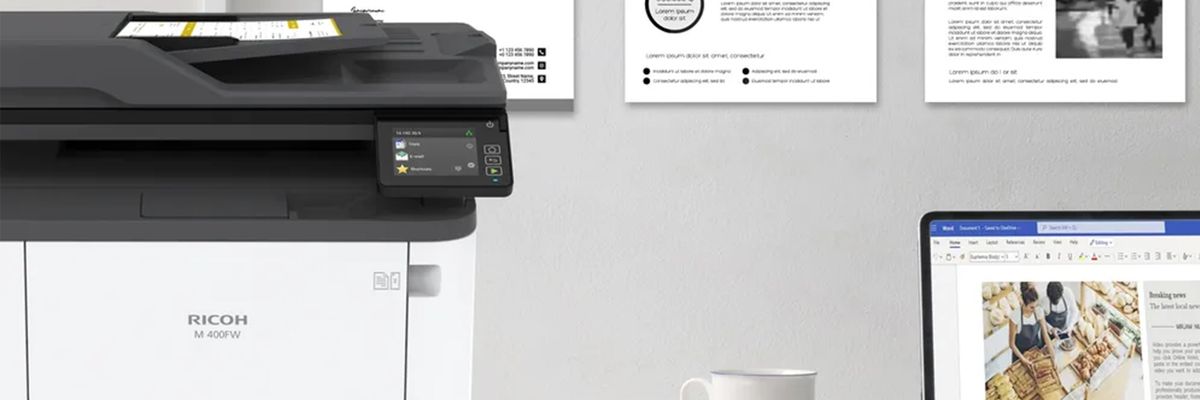
Efficient business processes help improve green initiatives
Through better print management, it is possible to reduce costs and have a positive impact on the environment and sustainability.
When we think about the operation of the fleet of printers we have in our offices, it probably comes to mind the ecological practices that have to be performed when using these tools, such as paper recycling, duplex printing and consolidation of office equipment to increase the number of users per device - all this - considering that the average number of sheets of paper used by an office employee per year is 10,0001 and that the number of times a document is copied on average is 10 times2.
Through better print management, it is possible to reduce costs and have a positive impact on the environment and sustainability. Print management provides a layer of intelligence over output devices that eliminates excess and leverages technology to print fewer pages while improving productivity.
Some companies are hesitant to use electronic document management because their attachments are often necessary, yet having a paper-addicted work culture creates unnecessary expenses: employees may be printing on one side or printing every job in color. You may not know who is printing what and when, and IT staff may be spending too much time on device management and maintenance.
Having the right technology in place makes it easier to phase out paper use. For example, Managed Print Services (MDS) alleviates inefficiencies, eliminates paper waste, improves the areas that matter most, and relieves the burden of managing print and other paper-related tasks. MDS provides the right information at the right time and in the right way, and provides a single point of control to monitor and manage output:
Authenticate users so they can only print what is necessary.
View printers, IP addresses and status alerts.
Print directly to the most cost-effective devices.
Preset black and white printing.
Generate reports and compare performance against service level agreements (SLAs).
Gather data on utilization and usage patterns.
Implementing MDS in organizations will help to have an optimal information infrastructure to successfully perform document-related processes. Electronic documents are faster, more accurate, can be delivered automatically and will not be lost or damaged. That, along with material savings, can cut costs significantly.
How green are your processes?
The MDS also provides a baseline environmental impact analysis that can include the consumption of electricity, paper and its associated CO2 footprint. This analysis provides
A greater understanding of the environmental impact of your current state.
The fiscal impact of your operational procedures and document management processes.
The savings they will be able to realize.
A roadmap to support environmental initiatives.
Appropriate Workflow
For most organizations, there is a growing need to automate archaic paper-based document workflows that have evolved to become part of their culture. Despite all the technology available, paper-centric workflows still exist.
If your workplace is full of folders with paper going from person to person, it's a sign that you need to automate workflows and eliminate paper once and for all. Workflow automation can help simplify many common manual processes that you perform every day.
In concrete terms, workflow optimization involves taking a common repeatable process and automating it to make it more efficient. With the right workflows, there are no excess copies of documents, files are routed electronically instead of making hard copies, and employees don't have to take files to coworkers.
With workflow automation, it will be possible:
Streamline processes to eliminate duplicates.
Access the latest version of a project at any time, for smooth team collaboration.
Track and record changes, so everyone is aware of the latest developments.
Simplify the approval process.
Remind users of available tasks with email notification alerts.
Automated electronic workflows ensure that your work is completed at the right time, by the right person, and provide complete information and traceability in business processes.









